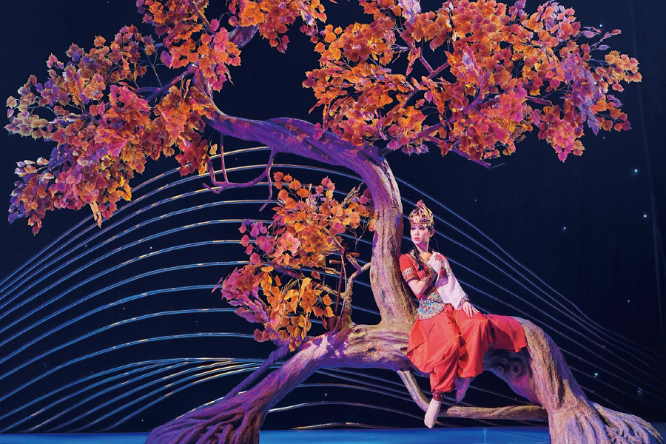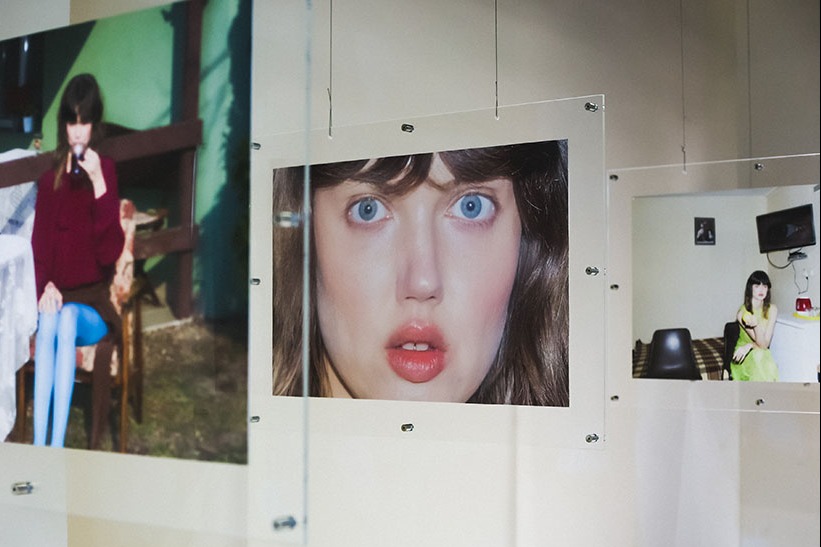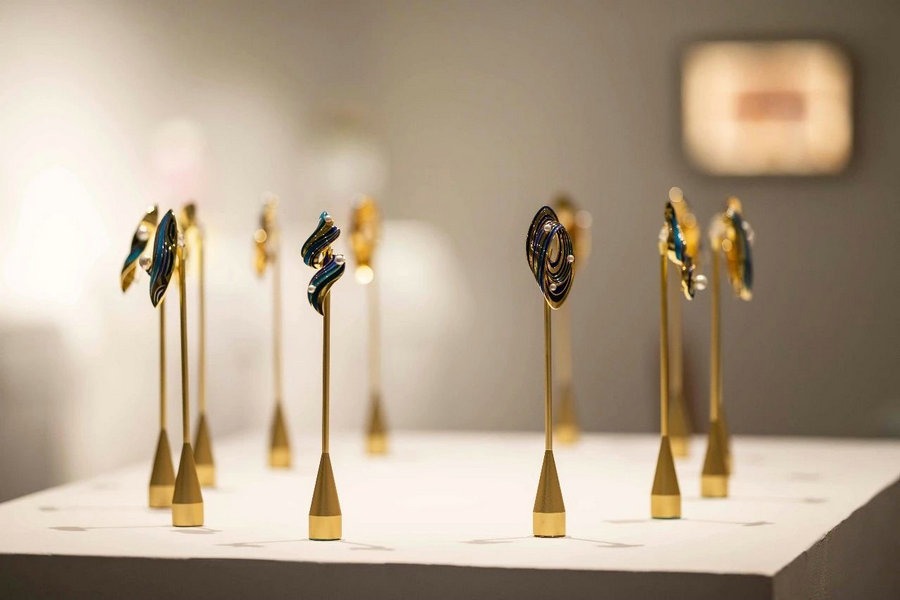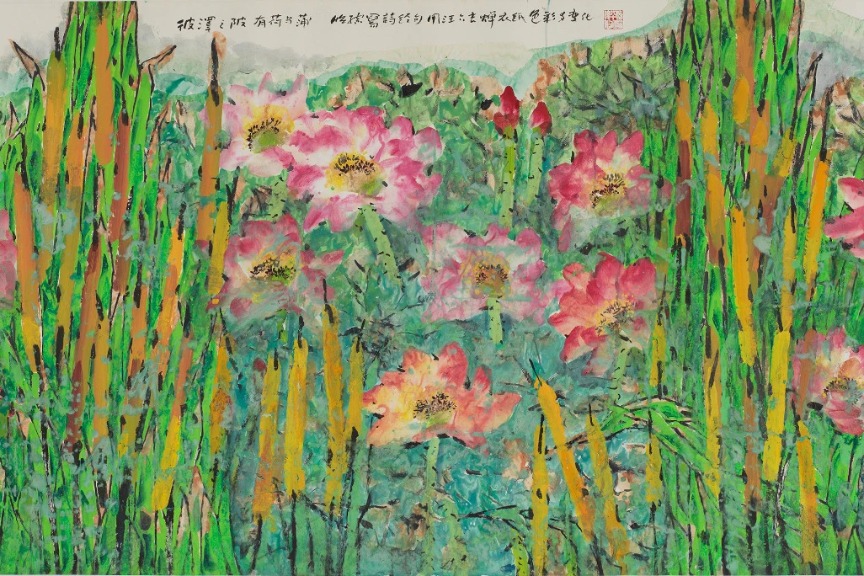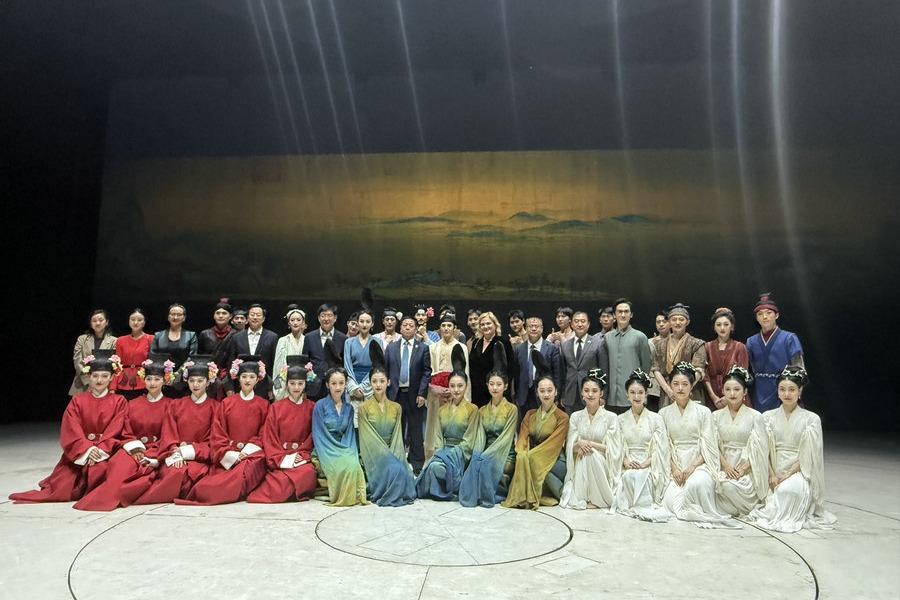Exhibition expounds on 'vision and verse' in Chinese art


Utmost respect
Then there's the friendship between Wang Wei and Meng Haoran.
"Stay inebriated with rustic wine, read ancient books in mirth," was the poetic advice from Wang to a disillusioned Meng who, having failed to find fame and a position in the Tang Dynasty capital, was heading back home for a sequestered life.
Judging by all evidence, Wang had always treated his friend with the utmost respect. "As graceful as Meng Haoran was in a Wang Wei painting", was how a renowned Song-dynasty calligrapher described a painting by early-Song artist Li Cheng (919-967) that shows a scholar and his boy attendant traveling in a wintry forest.
The one on view at the Met Museum, once attributed to Li Cheng, is believed to be a 12th-century copy of the original painting.
Mining the legacy of the Tang Dynasty, the greatest era of Chinese poetry, the Song painters produced misty landscapes that "matched the dreamy quality of the poems", to quote Dolberg. In other cases, even paintings that were not explicitly based on poems could sometimes evoke famous verses in the minds of their viewers.
"It was really during the Song Dynasty that Wang Wei's idea of painting and poetry sharing the same source had started to blossom," said Dolberg, who believes that the delay was due to a strong tendency among the educated elite to view poetry writing as a much nobler pursuit than painting.
One man who certainly did not think that way was Su Shi (1037-1101), the Song-dynasty polymath who was equally celebrated for his poetry and prose, painting and calligraphy.
"A picture resides is every piece of (his) poetry and vice versa" is Su's accolade for Wang Wei, an idea he "not only upheld but also revolutionized", to quote Dolberg.
"He did that by going back to how simple and beautiful the idea is. Through poetry, you can express what's in your heart; through painting, you can do it too," said the curator.
Two of the master's paintings arguably exist today, and both depict simple subjects as a grotesquely-shaped stone and tree. "They are more evocative than descriptive — a poem instead of a long essay," said Dolberg.



















